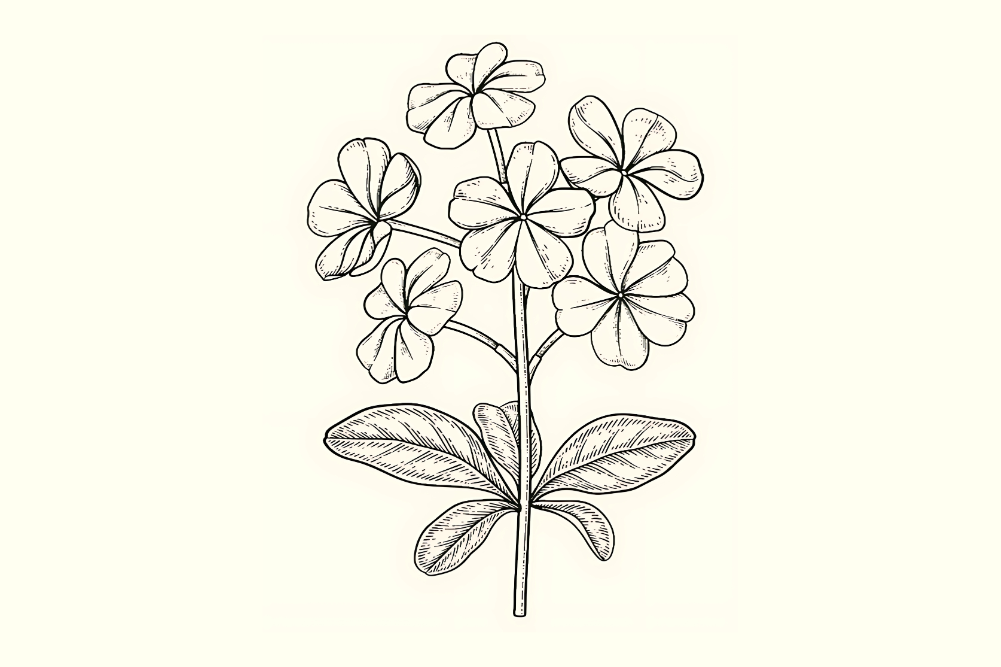Healing with microgreens
Microgreens are the edible young green seedlings of a range of vegetables and herbs and can include wild plant species. They differ from sprouts in that they are grown for several weeks until the first true leaves have developed, then harvested. They range in size from 2.5 to 7.6cm and include the stem and the first leaves; these micro plants are cut just above the soil line.
While sprouting seeds have a long history going back to 3000 BCE in Egypt, microgreens were first grown in California in the 1980s and not only provide significant nutritional value but also add flavour, texture and colour to salads and other foods. As they are usually eaten raw, they retain all their vitamin and mineral content. Microgreens are more nutrient-dense than ungerminated seeds or mature vegetables.
Initially, the sprouting for at least three to seven days enhances their nutritional value by deactivating antinutrients such as phytates, oxalates and tannins, thereby increasing the bioavailability of proteins and minerals. Microgreens are considered low-oxalate foods, unlike mature leafy green vegetables. Vitamins are also synthesised by this process and accumulate in the greens.
Then by being grown in sunlight, the process of photosynthesis further enhances nutrients such as vitamins C and E and accumulates chlorophyll and the antioxidant phenolic compounds. The protein content also expands, increasing bioavailability, the highest microgreen sources being members of the brassica family such as watercress, alfalfa, spinach and mustard greens, providing 2–3g per 100g.
Microgreens can be grown from the seeds of any herbs, cereals, nuts, legumes or vegetables, and the flavour and nutrient level will depend on the species of plant and how it is grown.
The most popular microgreens are mustard, kale, watercress, endive, rocket, beet greens, spinach, tatsoi, radish greens, mizuna, peas, cabbage, various types of basil and varieties of lettuce.
Growing microgreens
Microgreens, unlike sprouts, can be grown either in organic soil or hydroponically, but sunlight is essential. Sprouts are soaked, drained, kept away from light then harvested after one to three days. However, microgreens are grown in the sun in garden beds or pots inside or outside for up to
three weeks depending on the type of seed.
If you are planting in a container, choose a pot at least 4cm deep and as wide as necessary and fill it with organic soil or potting mix. Smooth the soil, scatter the chosen seeds and cover with a few millimetres of soil. Adding peat moss to the soil mix can improve the nutrient density of the plant. Water moistens the soil and places it in a sunny spot — they need at least four hours of sunlight per day. Make sure the soil does not dry out. Harvest when the first true leaves appear, that is, after the appearance of cotyledon or baby leaves.
Only one crop of microgreens is grown per planting, but after harvesting, the same soil can be replanted by scattering new seeds over the old roots, which now provide organic matter, and covering them with soil. Microgreens provide a very quick and nutritious harvest with very little work.
Nutritional value
Microgreens have become popular due to their bright colours, delicate textures and flavour-enhancing properties as well as their nutritional value.
Different microgreens provide different nutritional profiles, and while all microgreens are exceptional sources of bioavailable nutrients, microgreens from the brassica family are particularly beneficial with their higher phenolic content, including glucosinolates, polyphenols, anthocyanins, indoles, isothiocyanates, flavonoids and sulforaphane. These include cabbage, Brussels sprouts, broccoli, cauliflower, mustard, kale, rocket, etc. There is research on sulforaphane from broccoli showing a powerful impact on protecting against many of the chronic illnesses that plague us today.
Generally, the nutrients highest in microgreens are vitamins K, C and A, folate, carotenoids and the minerals calcium, potassium, magnesium, selenium, copper and zinc — up to three times higher than sprouts.
The bioactive plant compounds in these tiny foods have significant antioxidant, anti-inflammatory, antimicrobial and blood-sugar regulating activity. They also improve liver detoxification pathways. Therefore, if eaten regularly, they may help protect against a range of chronic health disorders such as cardiovascular disease, cancer, diabetes, obesity, fatty liver and selected infections. The choice of microgreen plant will determine its health properties.
Healing with microgreens
Cardiovascular
Microgreens have been shown to be effective in regulating cholesterol metabolism and reducing high cholesterol and LDLs. They also improve fatty liver and triglyceride synthesis (particularly red cabbage microgreens), C-reactive protein and tumour necrosis factor, major markers of inflammation in the liver that can be triggered by a high-fat diet.
Cancer
In vitro and in vivo studies have been conducted showing significant anti-inflammatory, antioxidant and antiproliferative effects from the consumption of microgreens from the brassica family particularly. Research has shown positive outcomes from breast, bladder and colon cancer reduction.
Diabetes and obesity control
Fenugreek microgreens have been shown to be particularly useful in regulating abnormal blood glucose by decreasing glycation by up to 70 per cent compared to controls.
Antimicrobial
In vitro studies have been conducted showing that the powder from broccoli seeds, sprouts and microgreens has antimicrobial activity against gram-positive food-borne bacteria and fungi without inhibiting bifidobacteria and lactobacillus.
Home-grown nutrition
Due to their short growth cycle, microgreens provide a nutrient-dense food source, are produced with minimal input, can be grown at home and harvested as needed, have low environmental impacts, do not require chemicals or pesticides and are considered a “superfood” for the health-conscious. They are a potential global nutrient powerhouse.
References are available on request.







